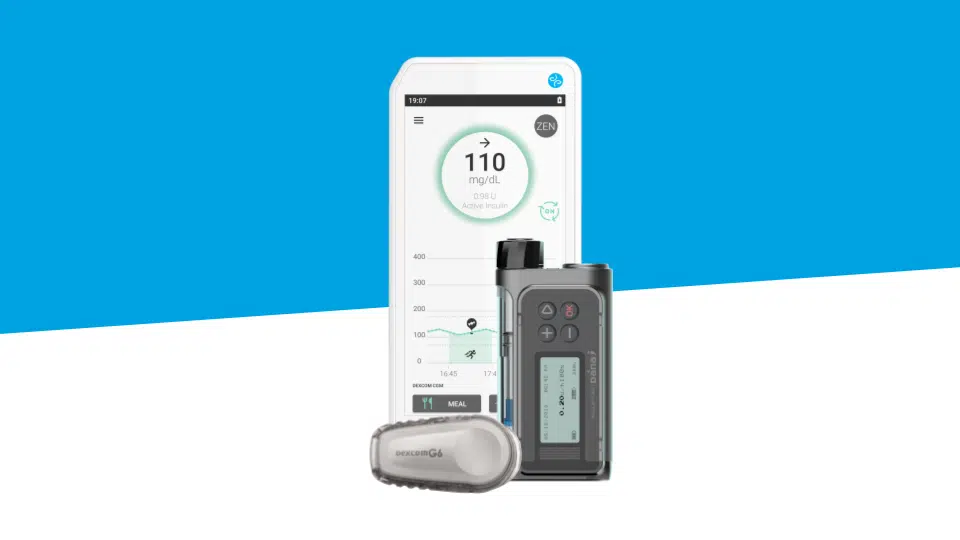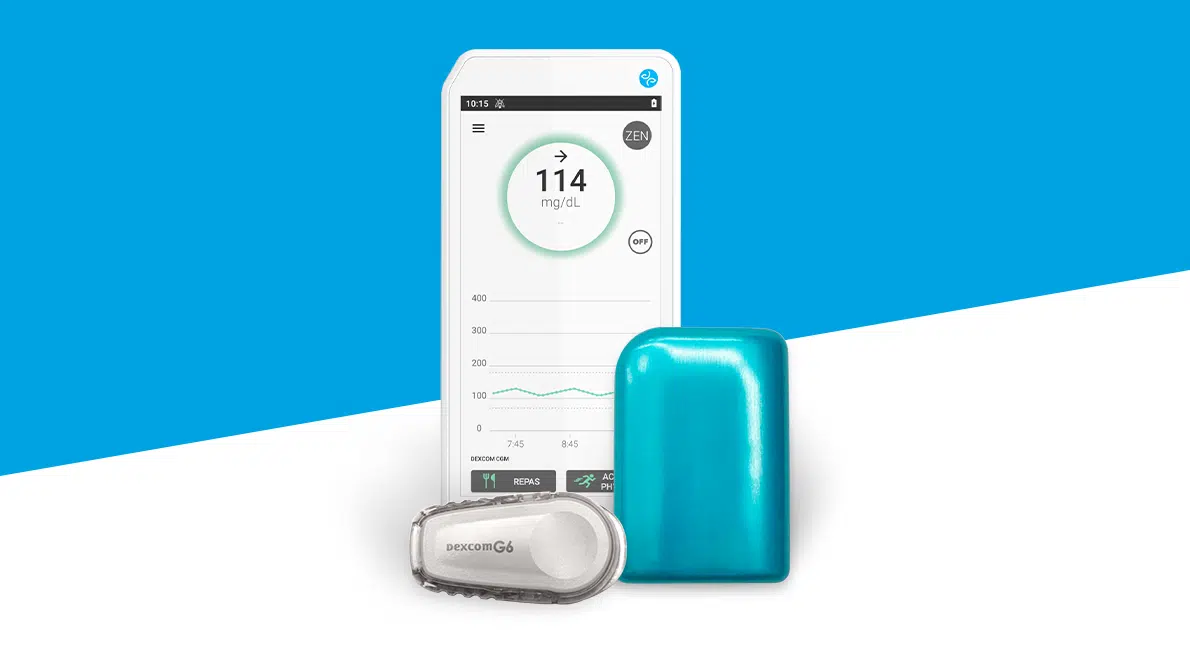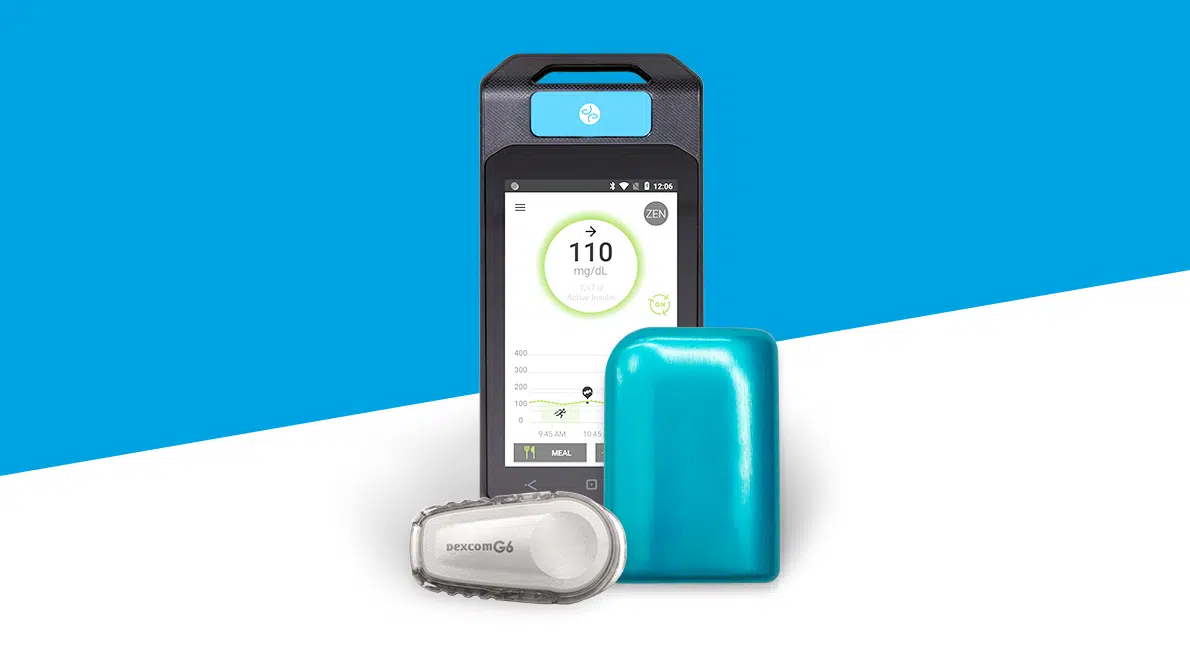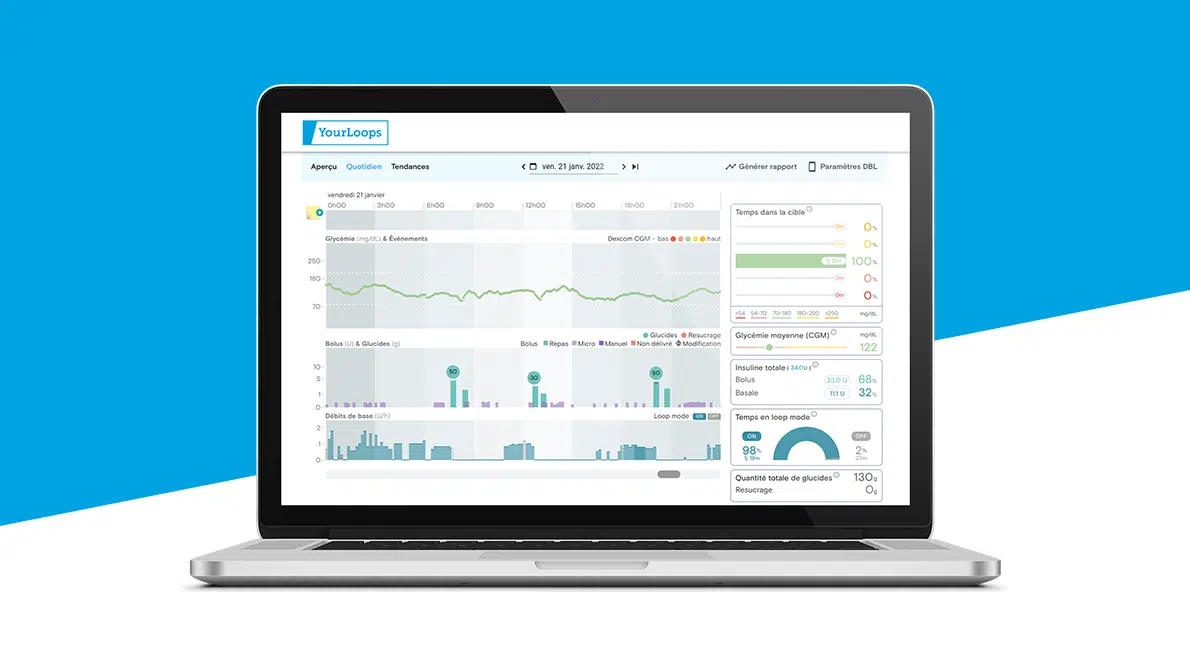
Traveling around the world with Type 1 diabetes
Crossing continents, spanning oceans… Around three in four people dream of going traveling, according to a recent survey. However, it’s a dream that might still seem impossible to realize for people with a chronic condition like Type 1 diabetes. Medical follow-up on-the-go, storing consumables and transporting insulin at the right temperature are just a few of the issues travelers with Type 1 diabetes need to plan for. The adventure requires careful preparation, but it’s far from impossible! Let us explain how.
Traveling with insulin and other diabetes supplies
When you go traveling, you should pack twice as many supplies as you normally need for your treatment. You should therefore plan to take:
- two glucose meters
- plenty of extra batteries and several chargers
- spare supplies (cartridges, infusion sets, and insulin for your insulin pump)
- all relevant medical documents: doctor’s certificate, prescriptions, diabetes card, etc.
Know your destination
If you are setting off on a long trip, you will probably have to restock while you’re away, especially with insulin. Beware: in some countries (Africa, the USA and Asia, in particular), insulin is very expensive or difficult to access. Don’t hesitate to ask any friends coming out to join you for part of your trip to bring more supplies with them. Always try to have enough in stock to be independent and avoid running out.
Another warning: syringe sizes and insulin concentrations can vary from one country to another. If you buy insulin abroad, take suitable syringes and make sure the doses injected are the same as usual.
Different time zones can play tricks, too. If you are crossing more than 5 time zones, you may need to adjust your insulin doses: when traveling west, your day will be longer and you might require a little more insulin. If you are traveling east, you may need a little less. You can also start to shift your injection times before you go, to maintain the same insulin dose when you leave and when you arrive. Don’t hesitate to discuss all of this with your doctor or diabetes specialist to decide what the best approach is for you.
Some practical advice for safe traveling with Type 1 diabetes
- If you are staying with a local family, put your insulin in the refrigerator yourself, or watch your host do so. Misunderstandings can easily happen and your insulin could end up in the freezer!
- Make sure the hostel or hotel you have booked has a fridge where you can store your insulin.
- Label your insulin with your name and the indication “MEDICAL”.
- Do the same with ice packs left in shared freezers in youth hostels.
A few dedicated blogs and websites:






